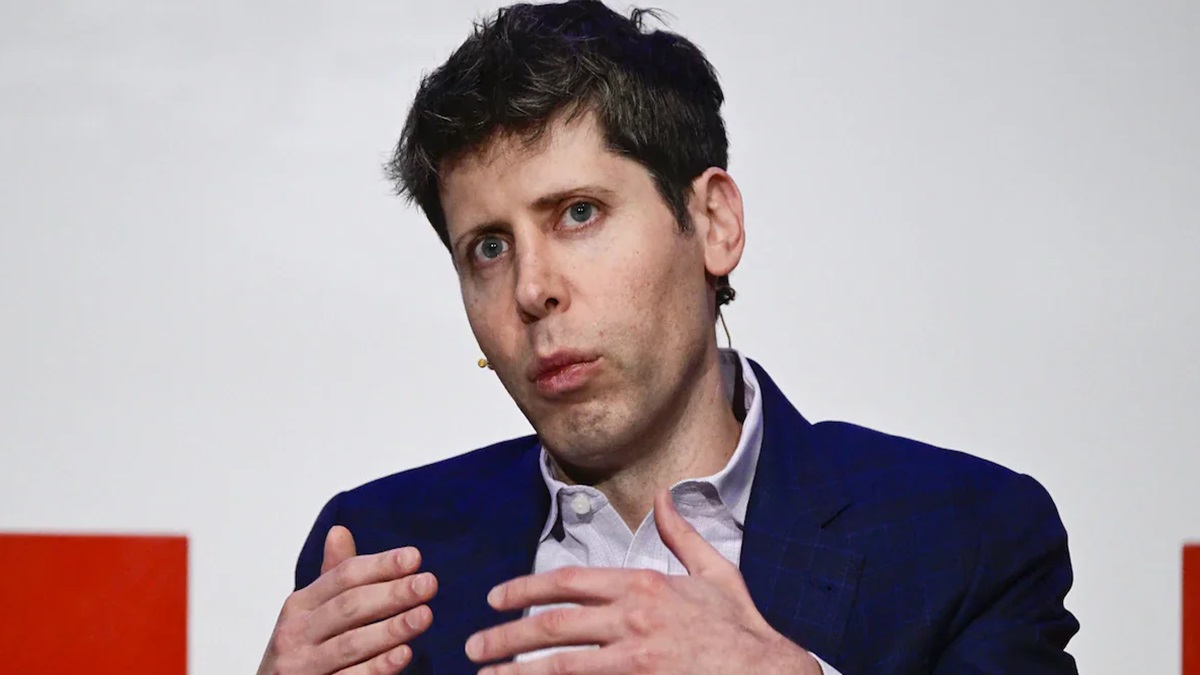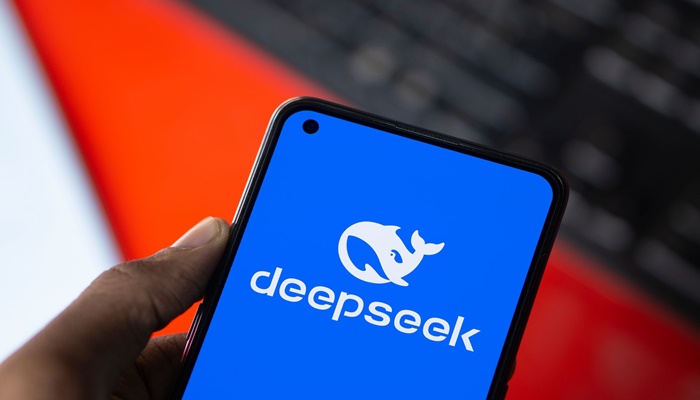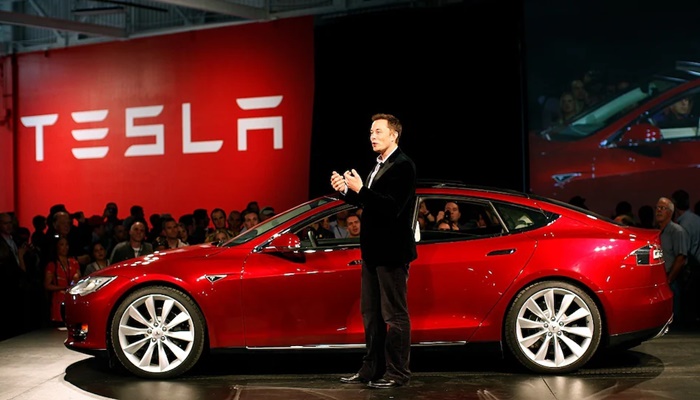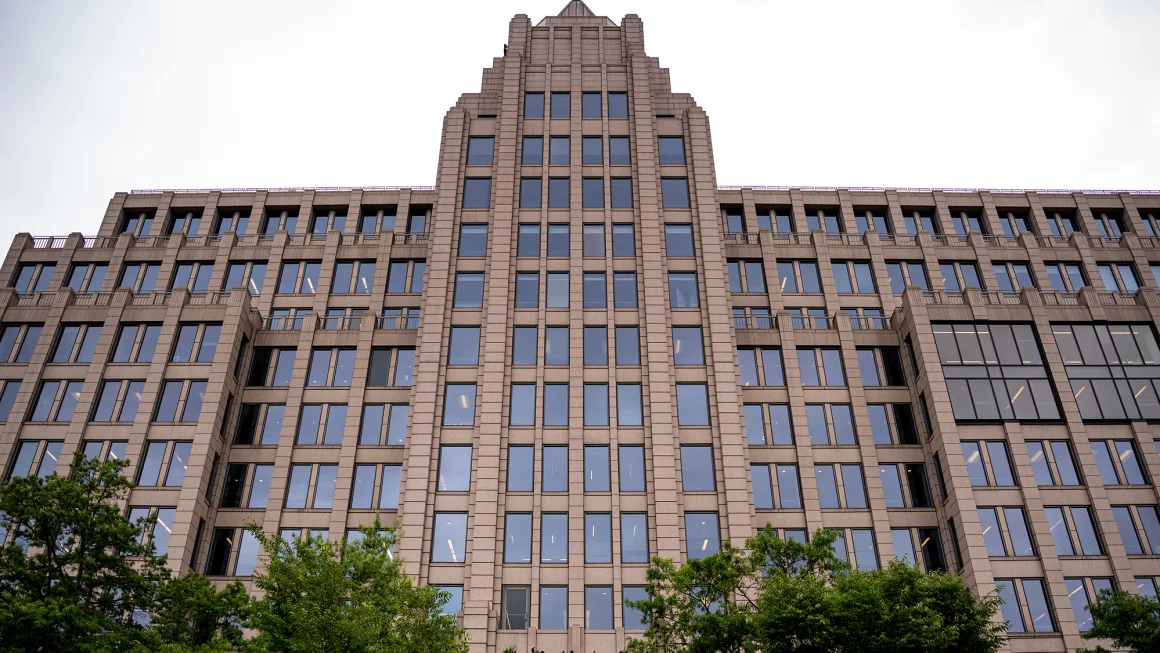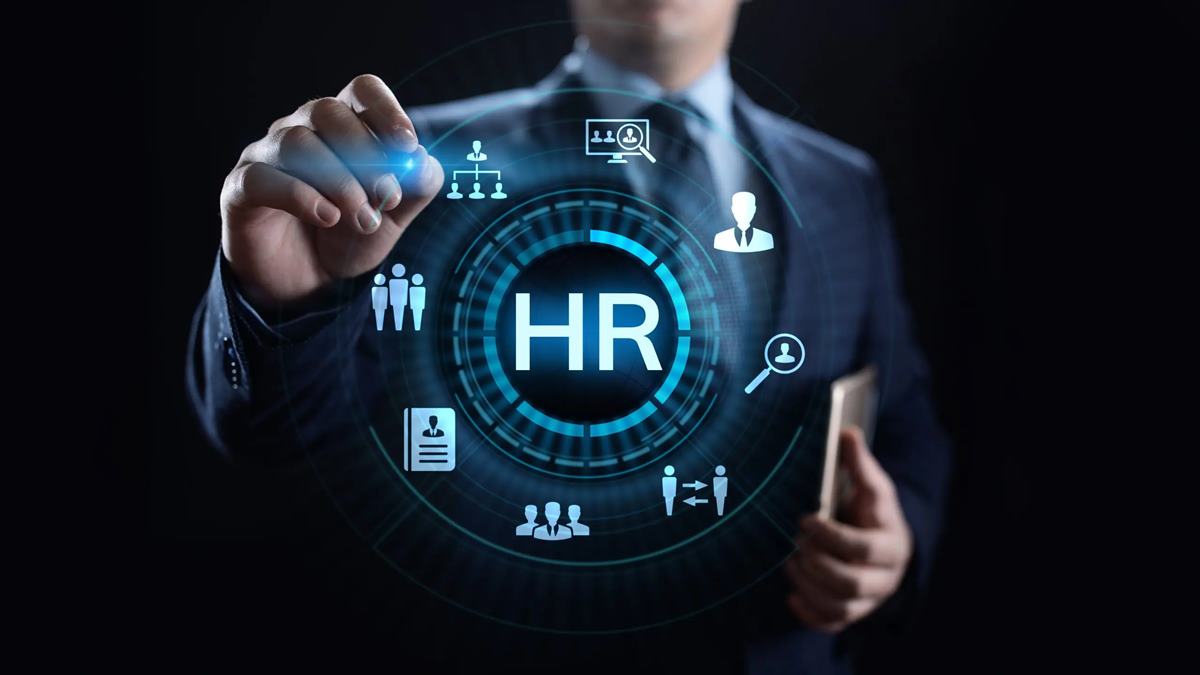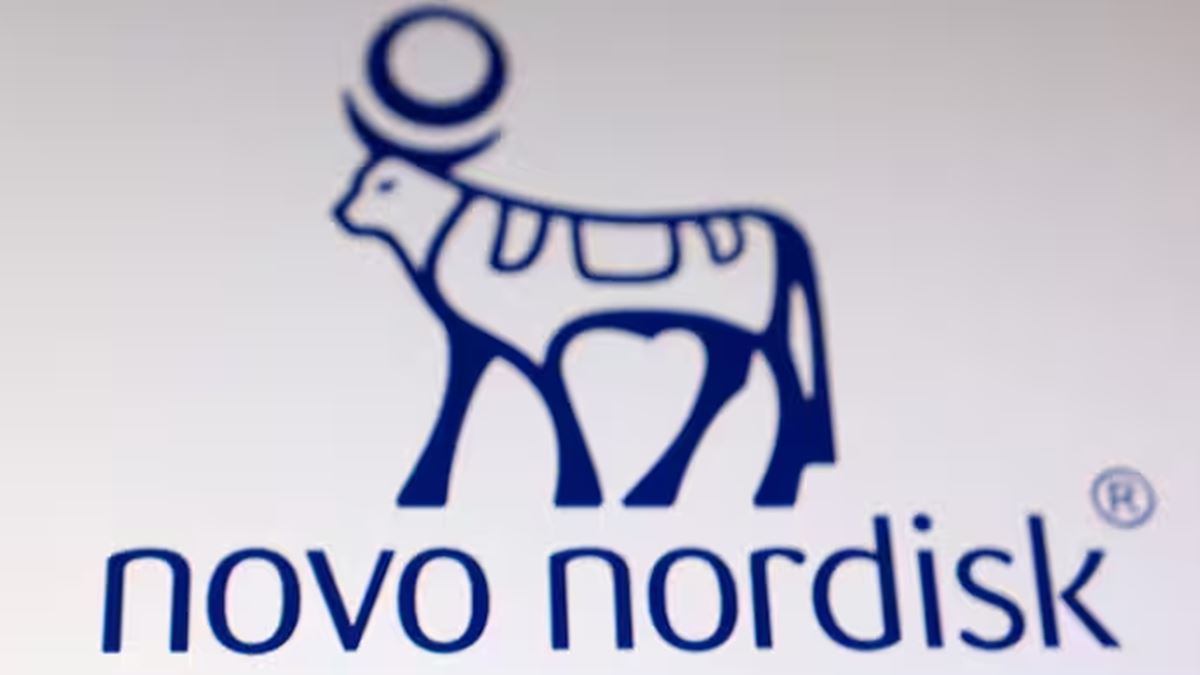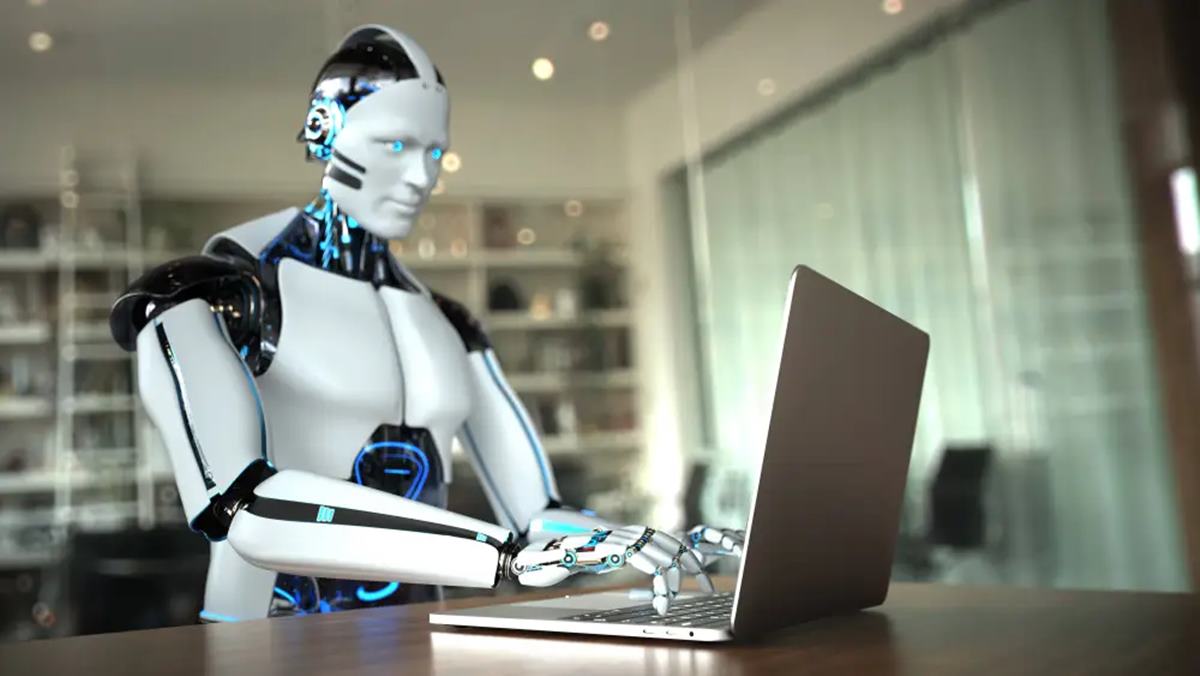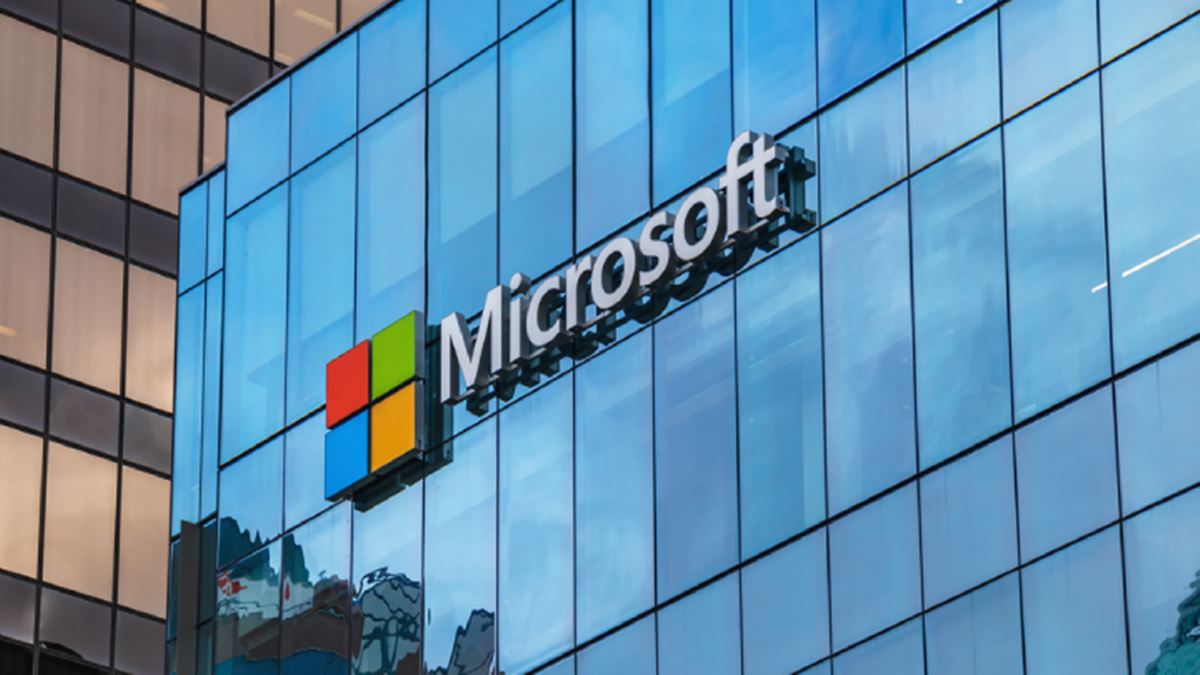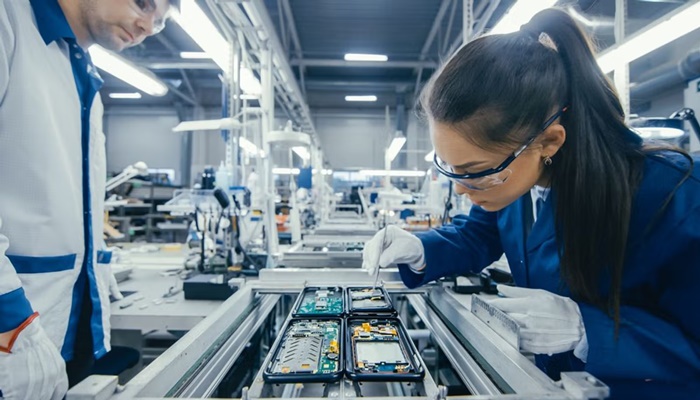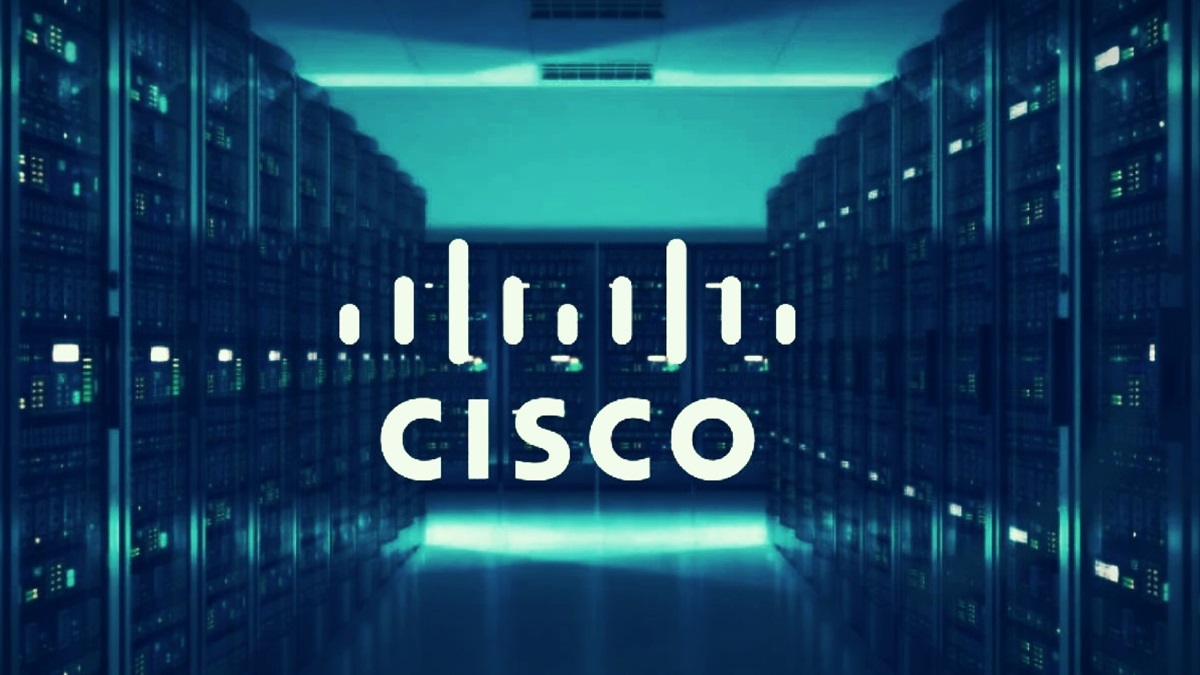When Cisco opened its new Austin HQ last month, it wasn’t just your typical corporate build-out. Rather, the tech giant’s base in the Texas capital serves as something of a living laboratory for the future of work — a place where every conference room and collaboration space, even light fixture, is connected, intelligent and created around the principle that technology should come first in setting up a workspace, not last.
The most radical aspect of the approach isn’t any single technology; it’s how the employer has completely inverted the traditional office design process. Where architects typically draw walls first and consider the tech infrastructure last, Cisco begins with the employee experience top of mind, then selects the appropriate tech, followed by furnishings and architectural elements.
“We wanted to take a technology-forward approach to everything that we did,” said Bob Cicero, Future Proofed Workplace Leader at the company. That philosophy manifests in concrete design decisions carried out throughout the Austin space. Rather than standard rectangular tables, for example, Cisco uses a tapered surface ensuring that every participant, whether in-person or remote, has a clear view of everyone else in the room.
Perhaps the most innovative aspect of the office, though, is how Cisco uses data to inform design decisions that would otherwise rely on guesswork. The company has collected thousands of data points since opening the first of its newly redesigned offices in New York three years ago.
One such insight is that employees typically work in groups of three or fewer when collaborating in-person. That led it the design of numerous smaller meeting spaces rather than the large, mostly empty conference rooms that are such a common element of corporate headquarters.
In Austin, data collection happens through cameras that count people (without identifying them), Wi-Fi usage patterns and environmental sensors that track elements like temperature, humidity, air quality and ambient noise. It all feeds into Cisco’s centralized digitized space platform, offering a real-time view of office usage.
The Austin space addresses one of hybrid work’s most persistent challenges: the friction between home and office tech experiences. Cisco standardized collaboration devices across all locations and provides identical home office setups. Every meeting space assumes that some participants will be remote, featuring multiple camera angles, sophisticated audio capabilities and AI-powered features that automatically focus on speakers.
Cisco’s vision extends beyond collaboration technology to controlling interior functions like lights, window shades and HVAC via the platform that handles all other data, serving sustainability goals while enabling highly granular environmental management. People-counting technology automatically adjusts room temperature based on occupancy.
Cicero envisions an AI-influenced space where digital agents manage workplace experiences and where personal agents communicate with room agents, building agents and operational agents. “Imagine there was an issue inside of a space where you’re going to have a meeting in half an hour,” he said. “The agents communicate with your personal agent that says, ‘You can’t use this room because there’s an issue here. We’d like you to use this room instead.’”
That concept of the future depends wholly on the data foundation being built today, he emphasizes: “AI is based on data. If we don’t have the right data, then we’re never going to be able to have great AI.”
Cisco focuses on creating a replicable platform rather than custom solutions. The Austin office uses the same underlying technology as other modern offices, with local customization limited to sensual and aesthetic elements like the choice of music reflecting Austin’s rich culture.
The company is making its insights available to clients through Workspace Designer, guiding architects through a tech-first approach.
As companies continue to grapple with making hybrid work work, Cisco’s Austin outpost represents a fundamentally different approach. Rather than enticing employees back with amenities or forcing them back with mandates, it is instead focused on creating spaces that work better for everyone, whether they’re in the office five days a week or once a month.
Its four design pillars — frictionless, mixed-presence experiences; sustainability; health and wellness; and data-driven insights — point to the office of the future as a highly intelligent environment actively supporting human productivity and well-being.
“We always thought that the notion of space was going to forever change” after the pandemic, Cicero said. And they were right. In Austin, the Cisco team is living a fundamentally reborn relationship between people, space and work itself.
The Austin space addresses one of hybrid work’s most persistent challenges: the friction between home and office tech experiences. Cisco standardized collaboration devices across all locations and provides identical home office setups. Every meeting space assumes that some participants will be remote, featuring multiple camera angles, sophisticated audio capabilities and AI-powered features that automatically focus on speakers.
Cisco’s vision extends beyond collaboration technology to controlling interior functions like lights, window shades and HVAC via the platform that handles all other data, serving sustainability goals while enabling highly granular environmental management. People-counting technology automatically adjusts room temperature based on occupancy.
Cicero envisions an AI-influenced space where digital agents manage workplace experiences and where personal agents communicate with room agents, building agents and operational agents. “Imagine there was an issue inside of a space where you’re going to have a meeting in half an hour,” he said. “The agents communicate with your personal agent that says, ‘You can’t use this room because there’s an issue here. We’d like you to use this room instead.’”
That concept of the future depends wholly on the data foundation being built today, he emphasizes: “AI is based on data. If we don’t have the right data, then we’re never going to be able to have great AI.”
Cisco focuses on creating a replicable platform rather than custom solutions. The Austin office uses the same underlying technology as other modern offices, with local customization limited to sensual and aesthetic elements like the choice of music reflecting Austin’s rich culture.
The company is making its insights available to clients through Workspace Designer, guiding architects through a tech-first approach.
As companies continue to grapple with making hybrid work work, Cisco’s Austin outpost represents a fundamentally different approach. Rather than enticing employees back with amenities or forcing them back with mandates, it is instead focused on creating spaces that work better for everyone, whether they’re in the office five days a week or once a month.
Its four design pillars — frictionless, mixed-presence experiences; sustainability; health and wellness; and data-driven insights — point to the office of the future as a highly intelligent environment actively supporting human productivity and well-being.
“We always thought that the notion of space was going to forever change” after the pandemic, Cicero said. And they were right. In Austin, the Cisco team is living a fundamentally reborn relationship between people, space and work itself.



